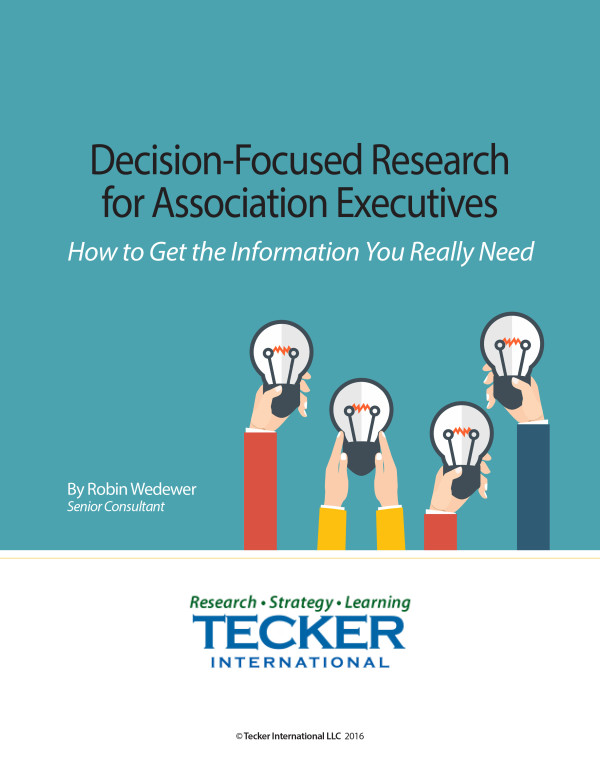Following a complete restructuring of their governance model, I recently received these questions from a client about elections and proposed amendments to the bylaws. I thought they might be useful to others.
Q: Do national associations typically release any data pertaining to the election? In particular, the percentage vote each candidate receives?
A: Yes, it is customary to publish the actual number of votes received by each candidate. In fact, unless you write a specific rule or policy to do otherwise, it is correct parliamentary procedure to publish votes. Can you imagine having a city, state or national election where nobody tells you the vote, but just says, “Mr. X won”. It doesn’t let the candidates know if they should ever run again. Since this was not the usual process in prior elections, you will need to make sure that all candidates know what the procedure is and how they will be notified of the results. Whatever you do the first time will likely set procedure going forward, so it’s good to think it through from the perspectives of both the membership and the candidates.
There are several ways to handle it. Generally when it is announced who won, publish the tellers report or put in a link on your website to where the results are. That is the “public announcement.” All candidates should be called by the sitting President personally before the results are released so that they know the results in advance. See RONR (11th ed.), pp. 417-18, for a sample tellers report.
Q: We’ve got some bylaws clean-up to do. Should bylaw changes be done separately from voting or in combination with/at the same time as voting?
A: Most organizations propose bylaws amendments at the same time as the election, but of course, they should be handled in separate ballots. If the bylaws amendments are of an urgent nature, they can be sent separately. Sometimes, what groups do is dictated by costs, timing and participation rates. Unfortunately, for a lot of associations, a ballot return of more than 10 to 15 percent is considered good. For some groups that would be awful, but probably still more participation than whoever showed up at an annual meeting.
Using the association website to publish information about proposed bylaws amendments and profiles of the candidates is a great way to engage the membership. Videos to meet the candidates play an important role in supplementing the information on a resume. This official profile, vetted out by the elections committee or headquarters, has become a valuable tool for limiting campaigning and evens the playing field for candidates.
Electronic voting has in general reduced costs and increased participation. There are several reputable firms that can help your association assure that only eligible voters are receiving the email, only voting once and certify that the confidential results are valid.


